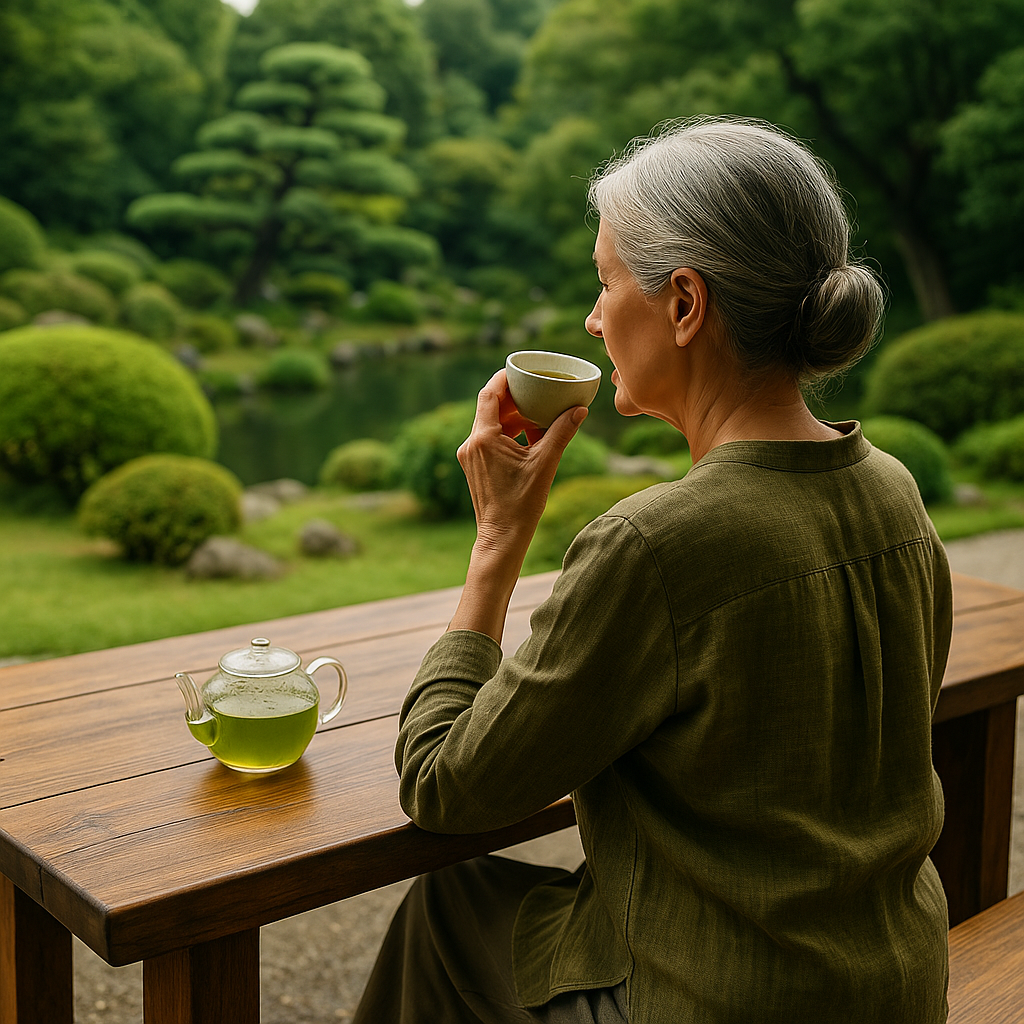🫖 The Best Is Yet to Come — Enjoy It with a Cup of Tea
Nature is a marvelous place—and one of its greatest gifts is Camellia sinensis, the plant behind all true tea. By knowing where to look, we can unlock real health benefits from this single source.
Over the past 25 years, I’ve been captivated by this remarkable plant. With just a little love and care, it gives back so much—supporting wellness, balance, and daily rituals in countless ways.
Let me introduce you to Camellia sinensis, the green leaf at the heart of the world’s most cherished brews.
🌱 What Is Camellia Sinensis?
This one plant produces a wide variety of beloved teas—white, green, oolong, and black. Although the teas may taste vastly different, they all come from the same plant. What sets them apart is how the leaves are processed.
If you’re curious about how processing methods affect flavor, color, and caffeine levels, read our guide to green tea for a gentle introduction to one of the purest forms of this leaf.
🍃 Two Main Varieties of Camellia Sinensis
There are two primary varieties of this incredible plant:
- Camellia sinensis sinensis – Known for its smaller leaves, this variety is typically used to produce white and green teas. It’s commonly grown in China and prefers cooler, mountainous climates.
- Camellia sinensis assamica – Featuring broader leaves, this variety thrives in warm, tropical regions like Assam, India. It’s usually used for black tea production and has a bolder flavor profile.
Want a deeper dive into global tea classifications and industry standards? Tea & Herbal Infusions Europe (THIE) offers a fantastic resource for curious minds.
🍵 What Makes Each Tea Unique?
Although the method of processing determines the tea type, several additional factors significantly influence the flavour, aroma, and nutrient profile of green tea. These include:
- Soil composition – The minerals and nutrients in the soil directly affect the taste and complexity of the tea leaves.
- Climate and temperature – Seasonal changes, sunlight exposure, and rainfall all contribute to the final flavour and chemical makeup.
- Elevation – Teas grown at higher altitudes often develop a cleaner, more refined taste due to cooler temperatures and slower growth.
- Harvest timing – First flush (early spring) leaves tend to be the most delicate and flavourful, while later harvests produce stronger, more robust teas.
- Local farming practices – Traditional techniques, shading methods, and organic cultivation can all enhance both taste and health benefits.
👉 Because of these variables, even green teas made from the same Camellia sinensis plant can taste vastly different. The terroir—the unique combination of geography, climate, and human touch—gives each green tea its distinct personality.
✨ Final Thoughts
Camellia sinensis is more than a plant. It represents centuries of tradition, wellness, and sensory enjoyment. Whether you sip a delicate white tea or a bold black cup, you’re tasting a story that spans generations.
So next time you brew a pot, pause and appreciate the rich journey behind those leaves. And if you’re craving more stories like this, explore The Loose Leaf Journal for inspiration, brewing tips, and everything tea.


